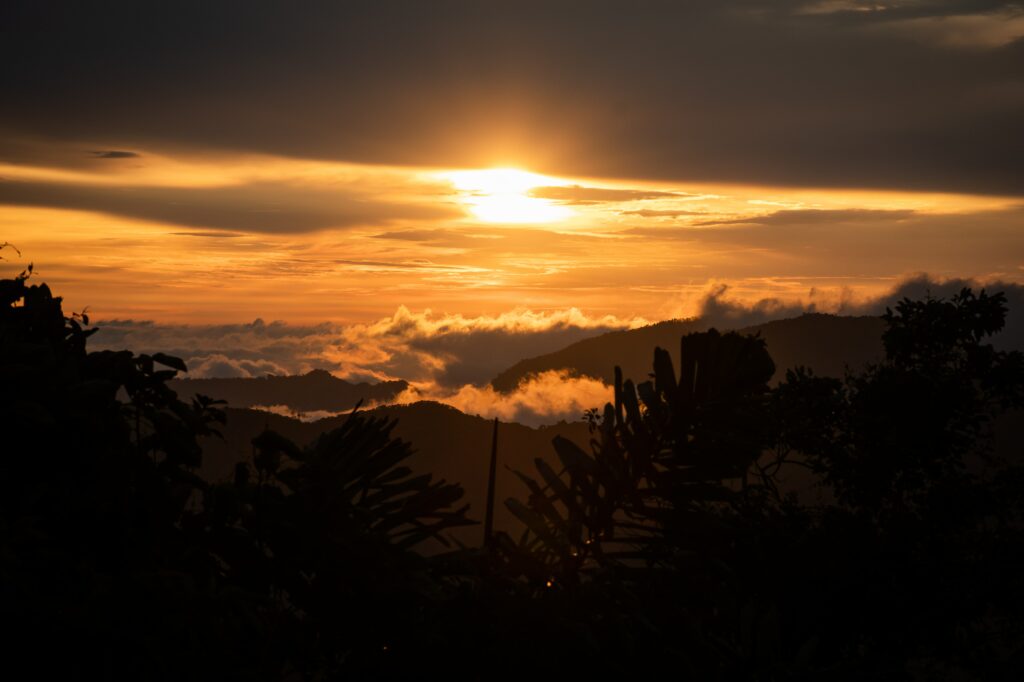
Today, Andes Amazon Fund celebrates the official expansion of the Cuchilla del San Juan regional protected area by 45,994 acres (18,613 ha), bringing the total size to 73,272 acres (29,652 ha). Located in the northern Colombian Andes at the meeting of two of the world’s greatest biodiversity hotspots (the Tropical Andes and Choco-Tumbes-Magdalena), Cuchilla del San Juan strengthens a conservation corridor under threat. The expansion helps safeguard the habitats of over 100 endemic species, protect water sources for thousands of people, and support local communities through sustainable development opportunities.
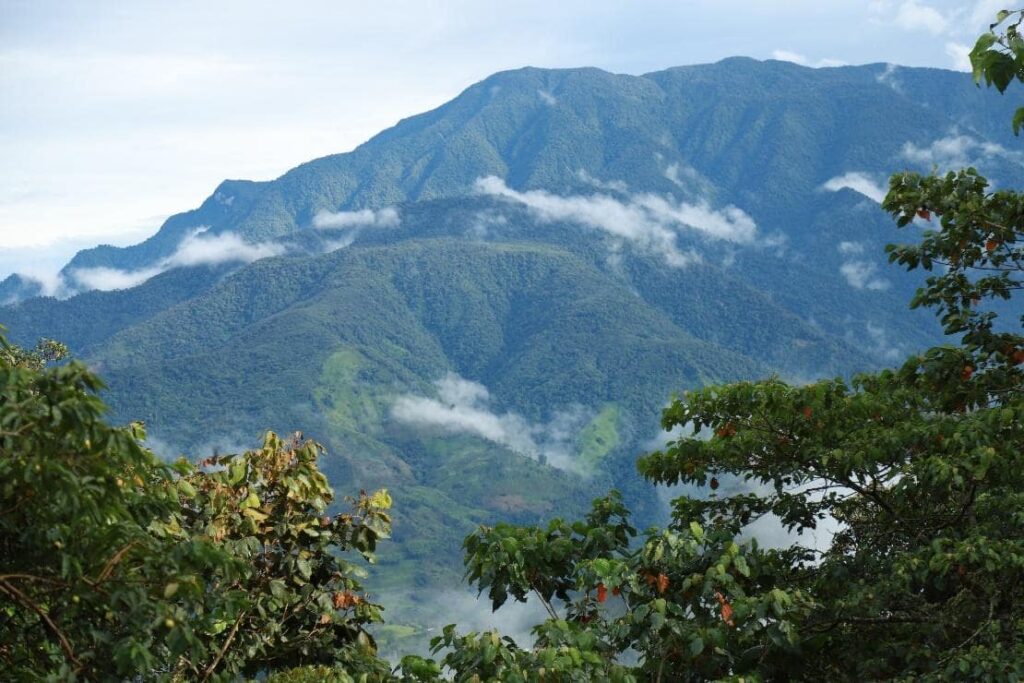
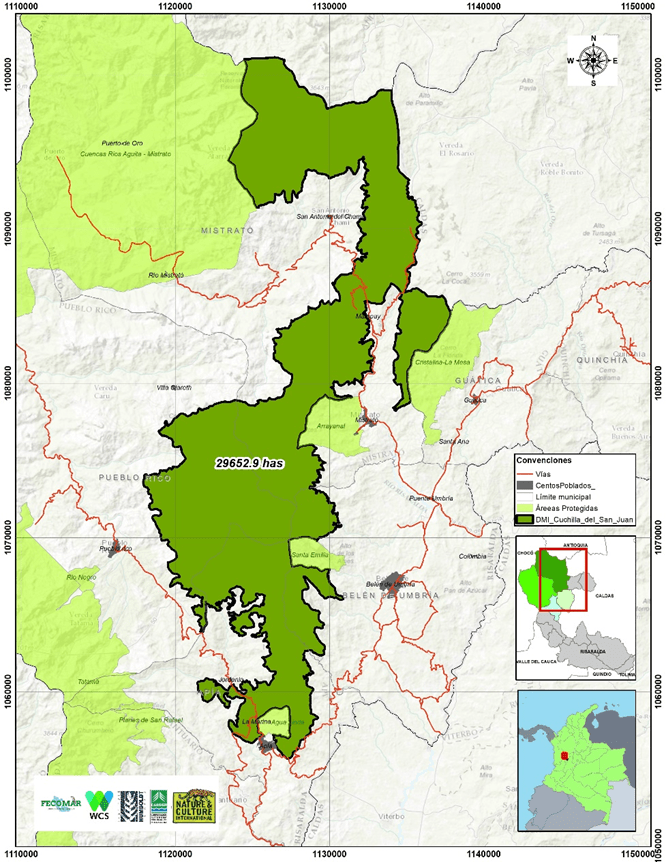
What Came Before
The protected area was originally established in 2000, with an extension of 27,278 acres (11,039 ha). It is deemed an “Integrated Regional Management District”, meaning that its creation was based on the principles of sustainable development. Officials are tasked with planning and regulating the use of renewable natural resources by local communities, while also prioritizing biodiversity protection. The process of expanding the protected area began in 2020 through a joint effort between governments, NGOs, and local communities.
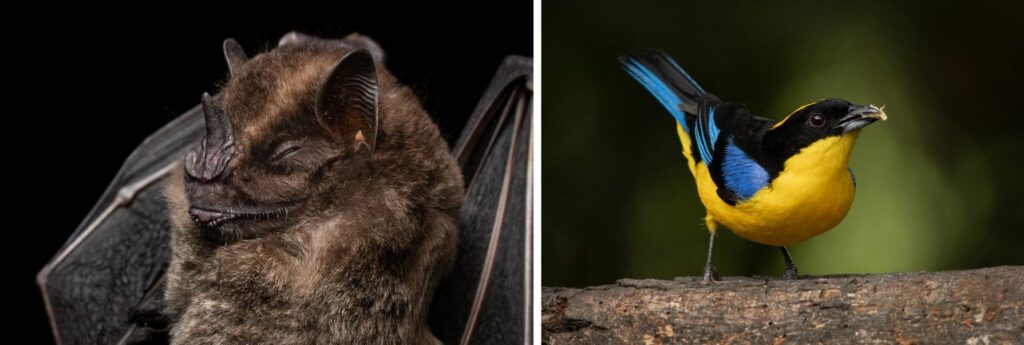

Protecting 2% of Colombia’s Endemic Species
The Andean and sub-Andean forests of Cuchilla del San Juan are home to a myriad of species, with approximately 1,636 species of flora and fauna identified to date. 116 of these species are found nowhere else in the world, including several species of birds and amphibians. The expansion contributes to the conservation of emblematic species such as the Andean bear (Tremarctos ornatus), the puma (Puma concolor), and the four species of crested eagles (Genus: Spizaetus) found in Colombia.
Cuchilla del San Juan provides crucial connectivity between the forests in the southern part of the Antioquia department and Tatamá National Natural Park. The expansion also protects an important water supply for the headwaters of the San Juan River, which is the largest and mightiest navigable river that drains to the Pacific Ocean in Colombia. The river is also vital to several Afro-Colombian and Indigenous communities downstream.
“We were blind to the wealth we have because we see it every day, but we were unaware of its potential which is not only for our surroundings, but globally. It is a corridor that covers us from the south of Antioquia to Tatamá. We have a rich store of fauna and flora”.
Luis Elías Grajales, a member of one of the local communities.
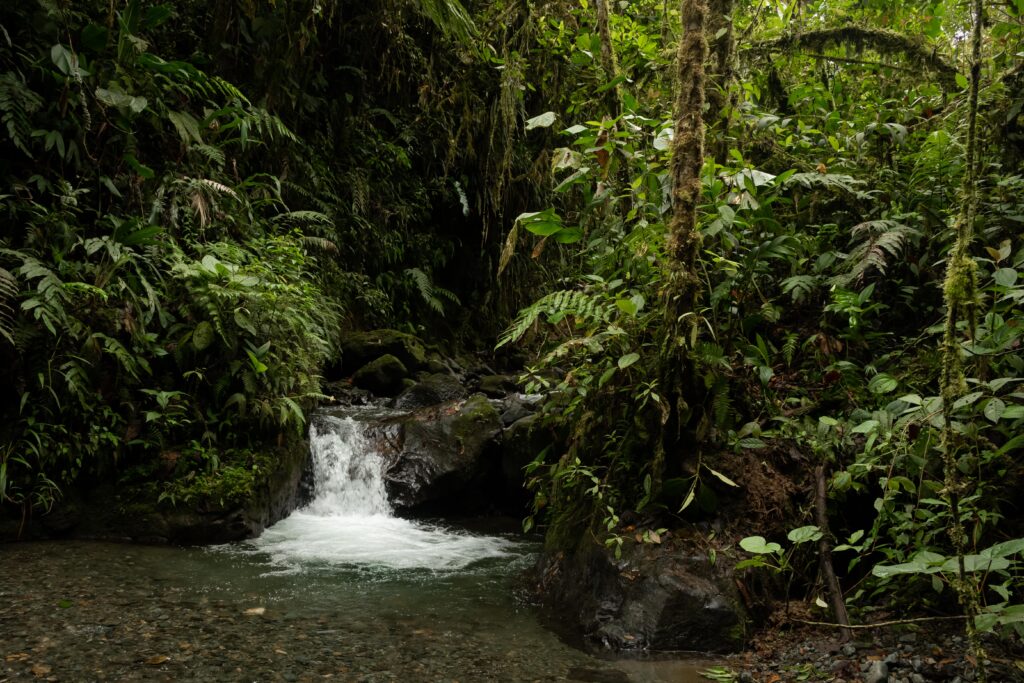

Next Steps
While the location of Cuchilla del San Juan allows for an abundance of species diversity, it also makes the protected area vulnerable to threats. Pumas and eagles are frequently hunted when they find their way onto agricultural lands, and illegal monoculture and cattle grazing degrade fragile ecosystems. The armed conflict of the 1990s and 2000s also plays a role in the region’s vulnerability, as people are beginning to return to lands abandoned for over 20 years.
The multi-sector team responsible for the expansion is now taking on the challenge of renewing the area’s management plan. The team has formulated three major projects that harness technical and financial support from international organizations. The projects aim to strengthen the effective management of the protected area, involve local communities, and ensure biodiversity conservation while improving the quality of life for the region’s inhabitants. Plans include strengthening governance, implementing sustainable production systems to improve livelihoods, sustainable tourism, ecological restoration, and biodiversity monitoring.
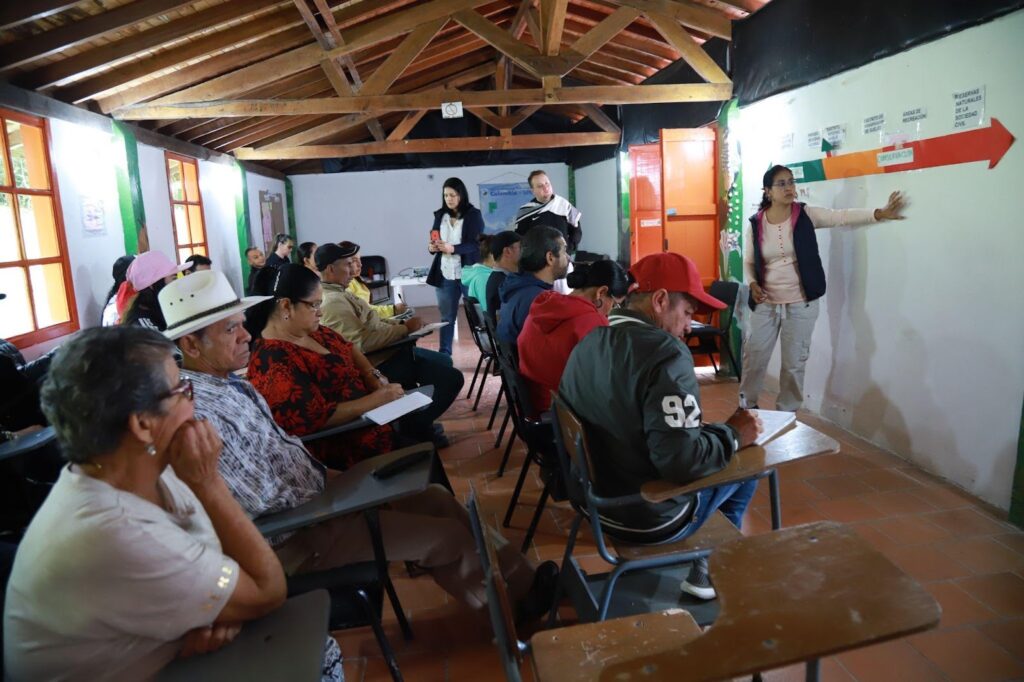
Acknowledgments
The expansion of the Cuchilla del San Juan regional protected area was made possible through an extensive collaborative process between the Regional Autonomous Corporation of Risaralda (CARDER), the Alexander von Humboldt Institute, Nature and Culture International, WCS Colombia, and the Federación Comunitaria para el Ordenamiento y Manejo de las Áreas Protegidas en Risaralda (Fecomar), in collaboration with local communities. Andes Amazon Fund’s financial support for this project was generously provided by the Wyss Foundation and by Art into Acres via Re:wild.
Learn more from our partners at Nature and Culture International in English / Conocer más en español
MAKE AN IMPACT
Learn how we can make an impact in our world together. Donate or get involved by subscribing to our email list:
